A 50-foot tall residential building is proposed for Hermosa Beach, where the height limit is 30 feet. Neighbors aren’t happy.
by Kevin Cody
Tony and Renardo Ferraro could not have anticipated alienating their long time neighbors when they planned tearing down their apartment fourplex in the 3400 block of Hermosa Avenue, in Hermosa Beach. Since buying the property in 2010, the Canada snowbirds have kept one unit vacant for visits.
Their plan was to replace the 70-year-old fourplex with a single family home, more in keeping with the neighborhood.
The house to the south of their fourplex is a $6 million, metal-clad, post industrial style, single family home. The homes across the street, on the Hermosa Strand, are equally modern in design, and even more expensive.
The north Hermosa neighborhood is zoned for apartments. But people who can afford to buy 100 feet from the ocean can typically afford to forgo rental income and have often replaced the small apartment buildings with large single family homes.
Neighbors were supportive of the Ferraros’ initial plan.
But their support turned to dismay two weeks ago when they saw an orange construction notice on the fourplex’s garage door announcing plans for a five-unit, 50-foot high apartment building with seven parking places.
The plan is almost double Hermosa’s 30-foot height limit, and half of the onsite parking requirement.
The notice did not reference the Hermosa zoning code. It referenced the “California Government Code.”
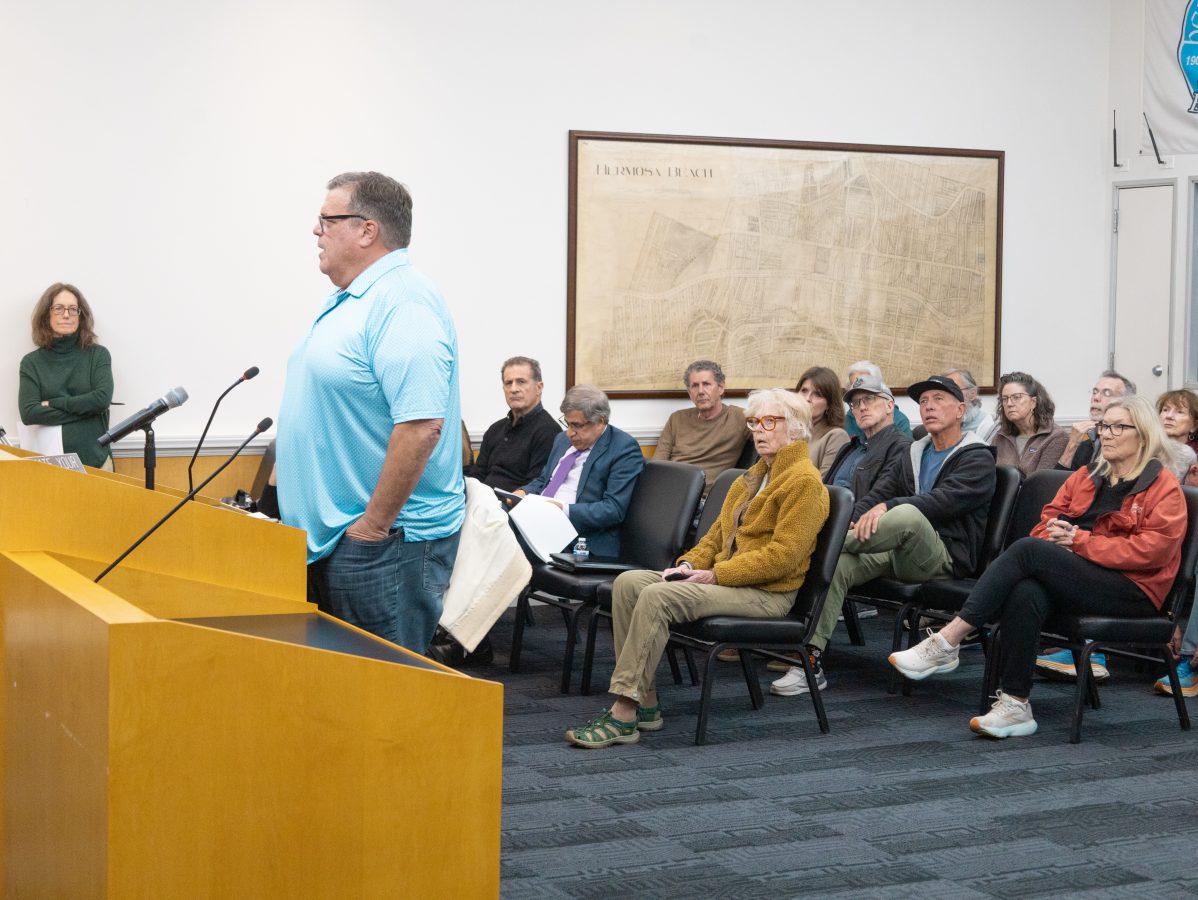
Neighbors contend the proposed apartment building is out of scale with the neighborhood, will block views and sunlight, and exacerbate the street parking shortage.
Last Saturday, a dozen North Hermosa neighbors met to discuss how to derail the project, which was scheduled for review at the Tuesday, March 18 Planning Commission meeting.
The city staff report recommended the Planning Commission approve the development.
Staff acknowledged the project is inconsistent with Hermosa’s General Plan for “height, density, lot area per dwelling unit, parking and open space.”
Nonetheless, the Commission was legally bound to approve the project under the Builder’s Remedy provisions of the State Housing Accountability Act, the staff report stated.
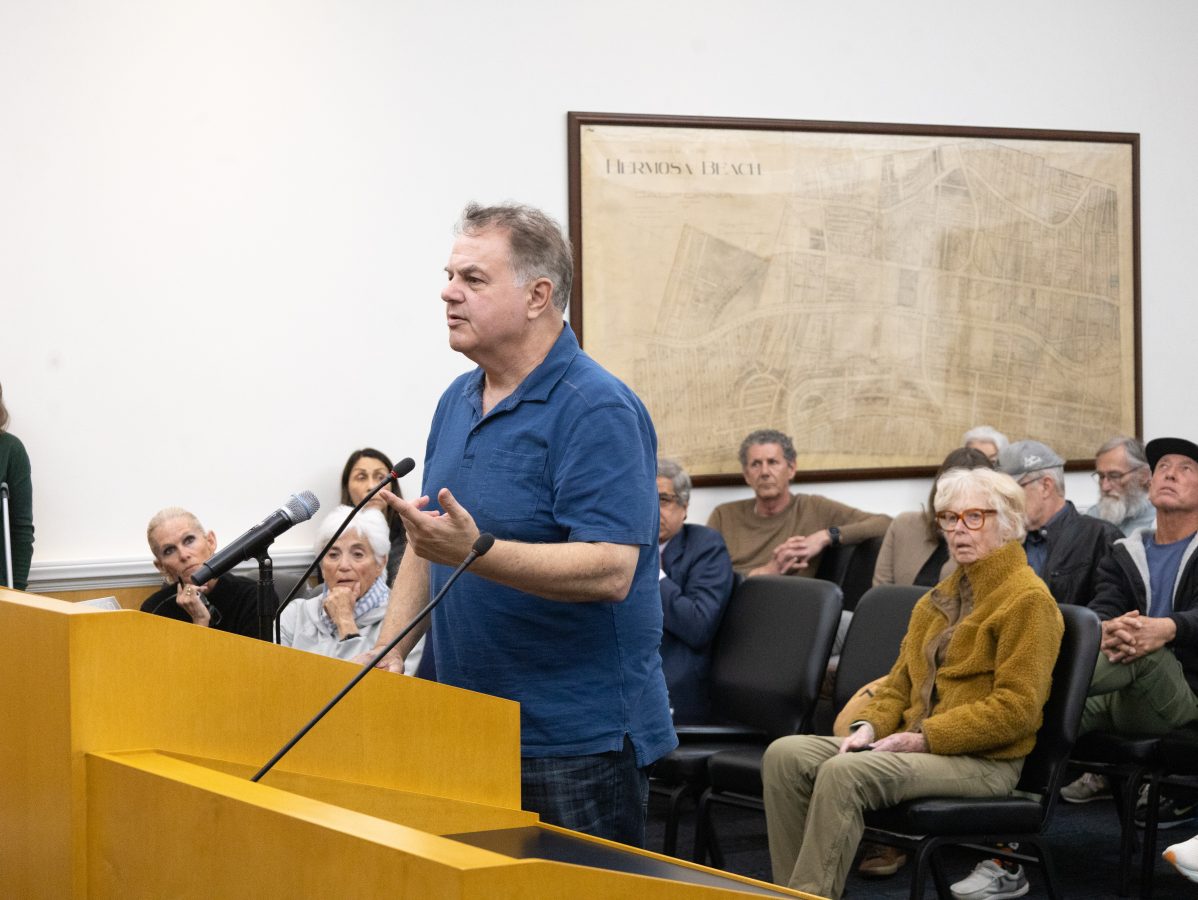
The Ferraros were able to invoke the Builder’s Remedy because the city did not have a certified General Plan Housing Element when the plans were submitted last June. Hermosa’s Housing Element was certified two months later, in August, by the State Department of Community Housing and Development.
Plans submitted under the Builder’s Remedy are not subject to local zoning requirements, the staff report explained.
The Ferraros did not willingly discard their plan for a single family residence in favor of the five-unit, 50-foot high apartment house.
According to their attorney, Michael Shonafelt, the change was dictated by State legislation aimed at addressing California’s two million unit housing shortage.
The State blames the housing shortage, in part, on local governments’ “excessive standards for housing development projects,” according to language in the Housing Accountability Act (AB 1893), approved last September.
In recent years, the State Legislature has passed dozens of bills to force local governments to allow more housing to be built.
The Ferraros’ single family home plan was blocked by The Housing Crisis Act of 2019 (SB 330). SB 330 requires all new residential developments to have at least as many units as previously existed on the property.
Under Builder’s Remedy, the Ferraros could have submitted plans to build more than five units and build higher than 50 feet, their attorney, Michael Shonafelt, said. Height and density are only restricted by the building site, he said.
Along Sepulveda Boulevard in Manhattan Beach, where the height limit is 36 feet, developers have submitted plans for a seven story, 38 unit apartment building; an 18 story, 48 unit condominium complex; and an 8 story, 70 unit mixed residential/business development.
The Hermosa Beach Council Chambers were at its 60-seat capacity for Tuesday night’s Planning Commission review of the Ferraros’ apartment plan.
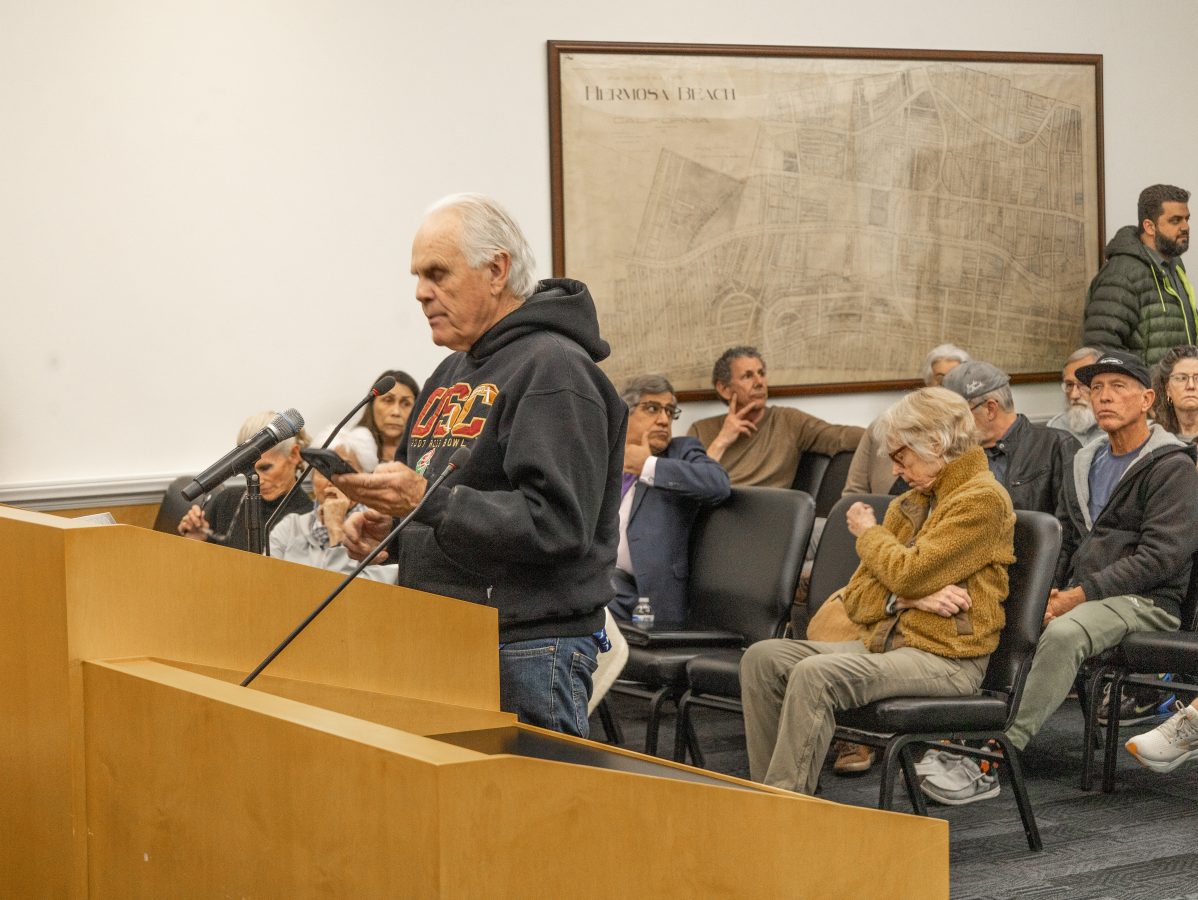
“We have a cautionary tale in the Redondo Esplanade,” Realtor Robb Stroyke told the Planning Commission during public comments.
“As a kid I saw one of the most beautiful stretches of the Santa Monica Bay destroyed by eight and 12 story apartments and condominiums that blocked the ocean views of all the cottages behind them. Once you open the floodgates it’s going to destroy our community,” Stroyke said.
“This is an abomination. Because we missed a deadline with the State does that mean it’s open season for anyone to build whatever they desire. I expect all of you to stand up and vote this thing down,” resident resident Gary Brown said.
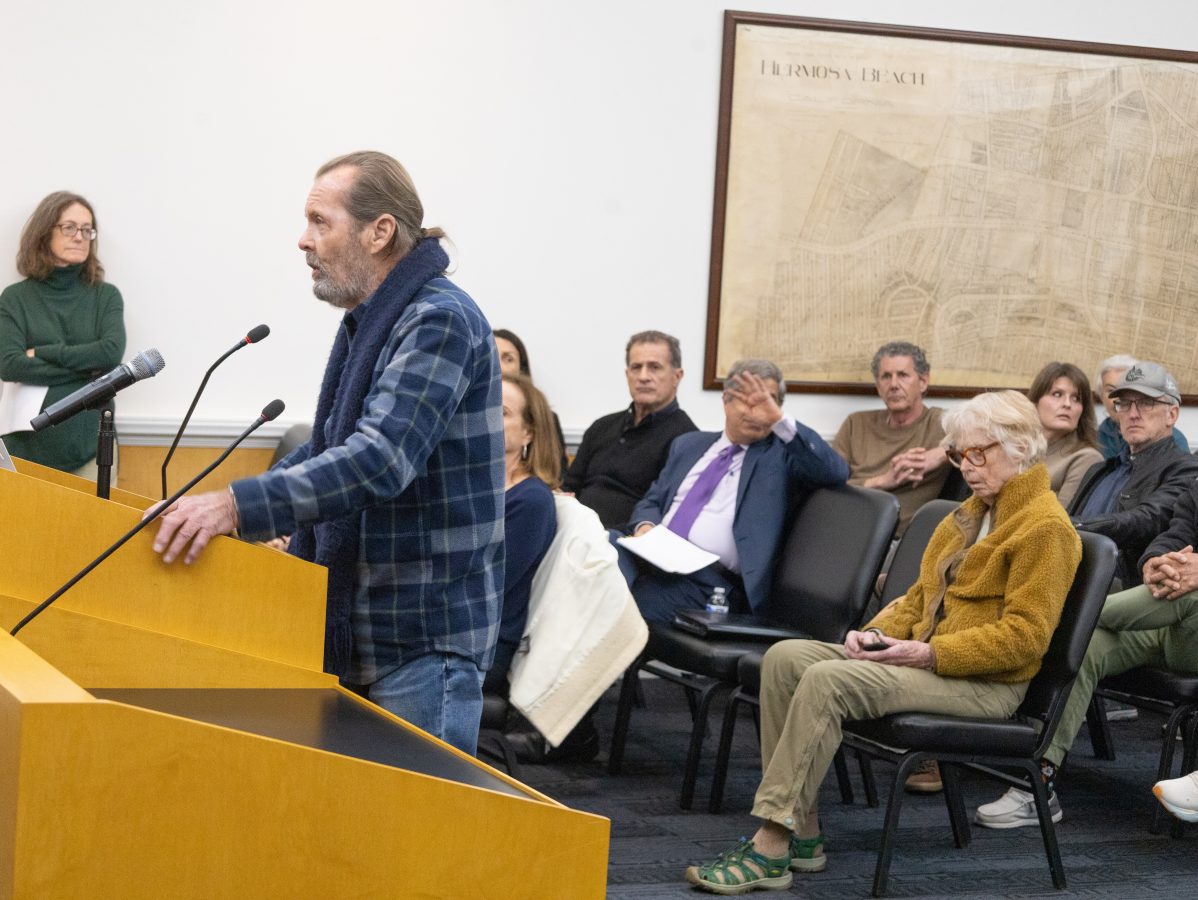
Resident Anna Jung addressed her comments to the Ferraros.
“We have lived next to your house for 38 years…. Ours is a single family house with an idyllic backyard with trees, a bougainvillea and blooming plants, including tomatoes most of the year.
“A five-story, 50-foot tall building the depth of the property, would cut out our backyard sun. We’d be in the shadows. No more flowers to attract hummingbirds and turtle doves, no more vegetables, but instead, moss and perhaps indoor mold.
“We still have a few more good years to live in our house without concerns for our mental health and parking hassles for our visitors,” the 79-year-old said.
The Ferraros didn’t respond, but were easily identifiable in the audience. They were the only ones who who remained quiet. Everyone else cheered the parade of neighbors who asked the commission to deny the project.
Attorney Brian Fisher, who represented the Ferraros at the hearing, was brief in his rebuttal.
“Whatever you think of the State’s effort to increase housing, it’s clear this project qualifies for the Builder’s Remedy. You are bound by the laws as written.”
“The applicant could have proposed more units and a higher building, but didn’t,” he noted. He also argued there will be no more Builder’s Remedy projects in Hermosa because the city now has a certified Housing Element.
“This project does not open the floodgates,” he said.
Commissioner Pete Hoffman telegraphed his opinion when he observed at the end of the public comments, “After reading the 40 comments we received, and hearing the oral comments, I’ve found 90 percent to be opposed and 10 percent to be vehemently opposed.”
The eight term commissioner and retired chair of the Loyola Marymount Department of Urban and Environmental Studies, added, “I live in Mary’s old house. It’s 120 years old.”
Mary was Mary Woolridge, who had spoken during public comments about how Hermosa used to be when her family moved here in the 1940s.
Commissioner Greg McNally also expressed sympathy with opponents to the project. McNally is president of the Hermosa Historical Society. He was appointed to the commission last week. Tuesday was his first planning commission meeting.
“I’m familiar with the neighborhood. I grew up a few blocks away. I was aware there was a problem, but didn’t realize the scope. The turnout, the passion, the insightfulness are incredible,” McNally said.
The commission voted unanimously to continue the hearing until May 20, and to direct staff to report back with updates on the evolving state legislation, how the Coastal Commission will view the project, and if the fire department in Hermosa can fight a fire atop a 50-foot high building.
City Attorney Patrick Donegan cautioned the commission they cannot avoid making a decision by continuances. State law allows local governments a maximum of five meetings to decide on Builder’s Remedy projects, he said.
Following the meeting, project opponents disputed its attorney’s argument it did not set a precedent for future Builder’s Remedy projects.
Resident Nancy Schwappach, who is also an attorney, said developers could invoke the Builder’s Remedy if Hermosa’s Housing Element is found to be out of compliance during the State’s periodic reviews.
Resident Laura Pena pointed out that Hermosa’s Housing Element certification was based on the city satisfying its state-mandated housing allotment, known as RHNA (Regional Housing Needs Allocation) of 558 new residential units by 2029.
To identify locations for 558 new residential units, Hermosa rezoned much of its commercial district for mixed use (residential and commercial).
But since the rezoning was approved last year, no commercial property owner has submitted a residential development proposal to the city.
John David said he considered a mixed residential/retail development for his downtown Pier Avenue property. But he found the conditions imposed by the city onerous.
“Land Value Recapture” fees on residences built in the commercial district are $100/square foot if the residences are sold or leased at market value.
The city waives the fee if the residential units are rented or sold at rates “affordable” to low income renters or buyers.
The “affordable” option includes a 52 year deed restriction that maintains the low income rents. If the property is sold the appreciation increase is split evenly between the property owner and the city.
The reasoning behind Land Value Recapture, as expressed by the council when it approved the program, is the city is entitled to “recapture” the value it added to the commercial property by permitting residential development, which is more valuable than commercial development.
David said he thinks the Land Value Recapture program will quash residential development in the commercial district.
If that happens, Hermosa may be found to be out of compliance with its housing element, inviting “builder’s remedy” projects, citywide, David contended
Hermosa’s Housing element is scheduled for review by the California Department of Housing and Community Development (HCD) in 2026. ER

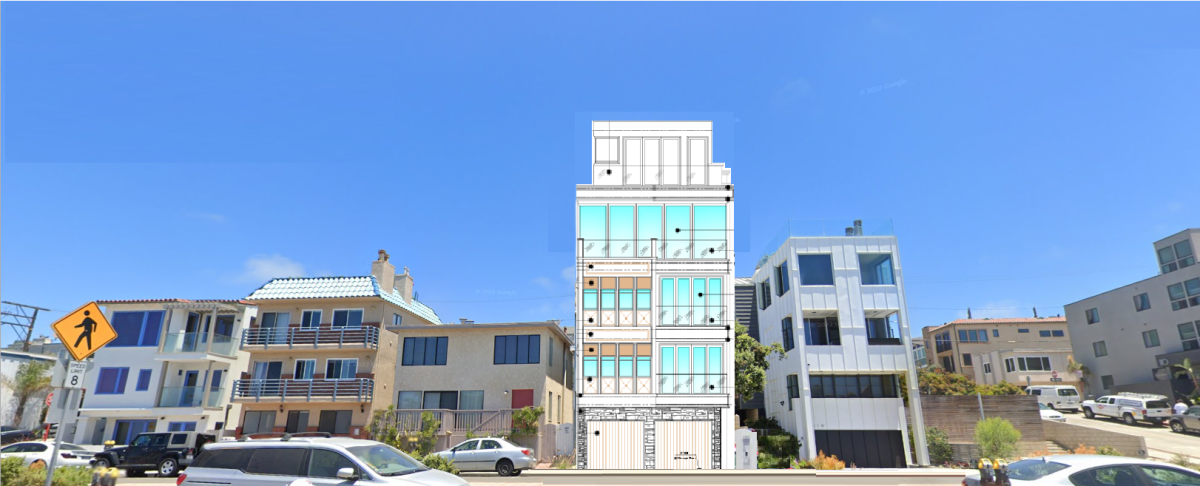
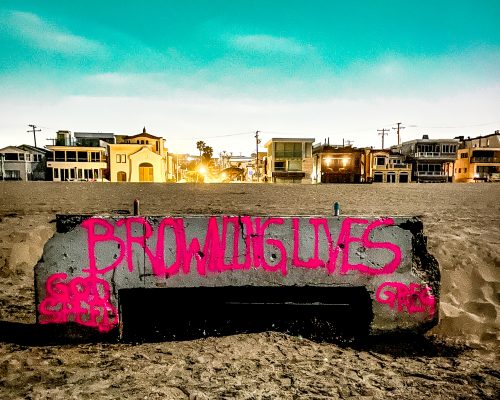
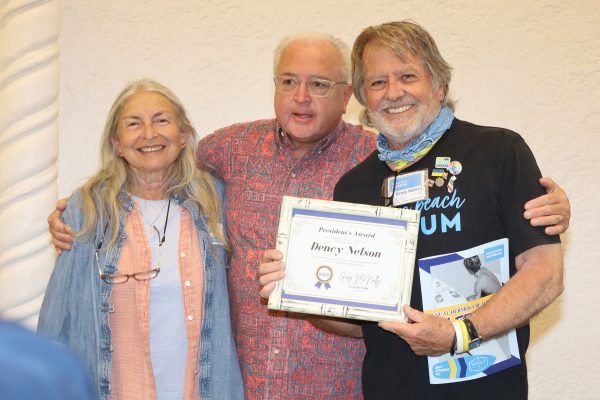


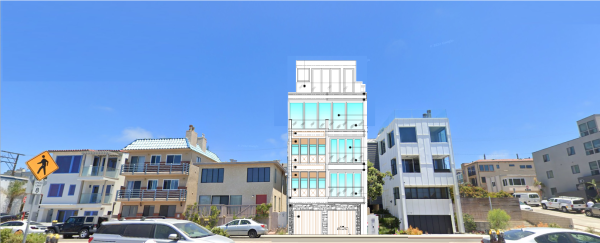




Testing comment!
Worked.
Developers have taken over our Sacramento Legislature and Governor’s Office.
The new housing laws will trash the entire state, especially with the “Builder’s Remedy. This is the part that allows builders to build where they want, as tall as they want, even in single family neighborhoods. They are brazenly ignoring California Coastal Act protections.
Join me in fighting back against this hostile take-over by our state government.
Join:
ourneighborhoodvoices.com
So does this finally mean that the incompetent city manager will get sacked for failing to get the plans in early enough to be approved timely? Come on – do it!
Let’s hope so. It’s time for a change, that’s for sure.
My digital easy reader will no longer allow me to read articles. When I click on the read more link, I am just sent to the comments and not to the article.
Same here
Same for me until today (3/26) when I was finally able to access the article. There is also the e-zine edition that I was able to access since last Friday. Try again and good luck.
The same thing happened to me until today (3/26), and I was finally able to read the article and see all of the photos. Before today I was able to access the article on the e-zine edition and also picked up a newspaper copy last Friday at The Copper Pot restaurant in SRB. Try again and good luck.